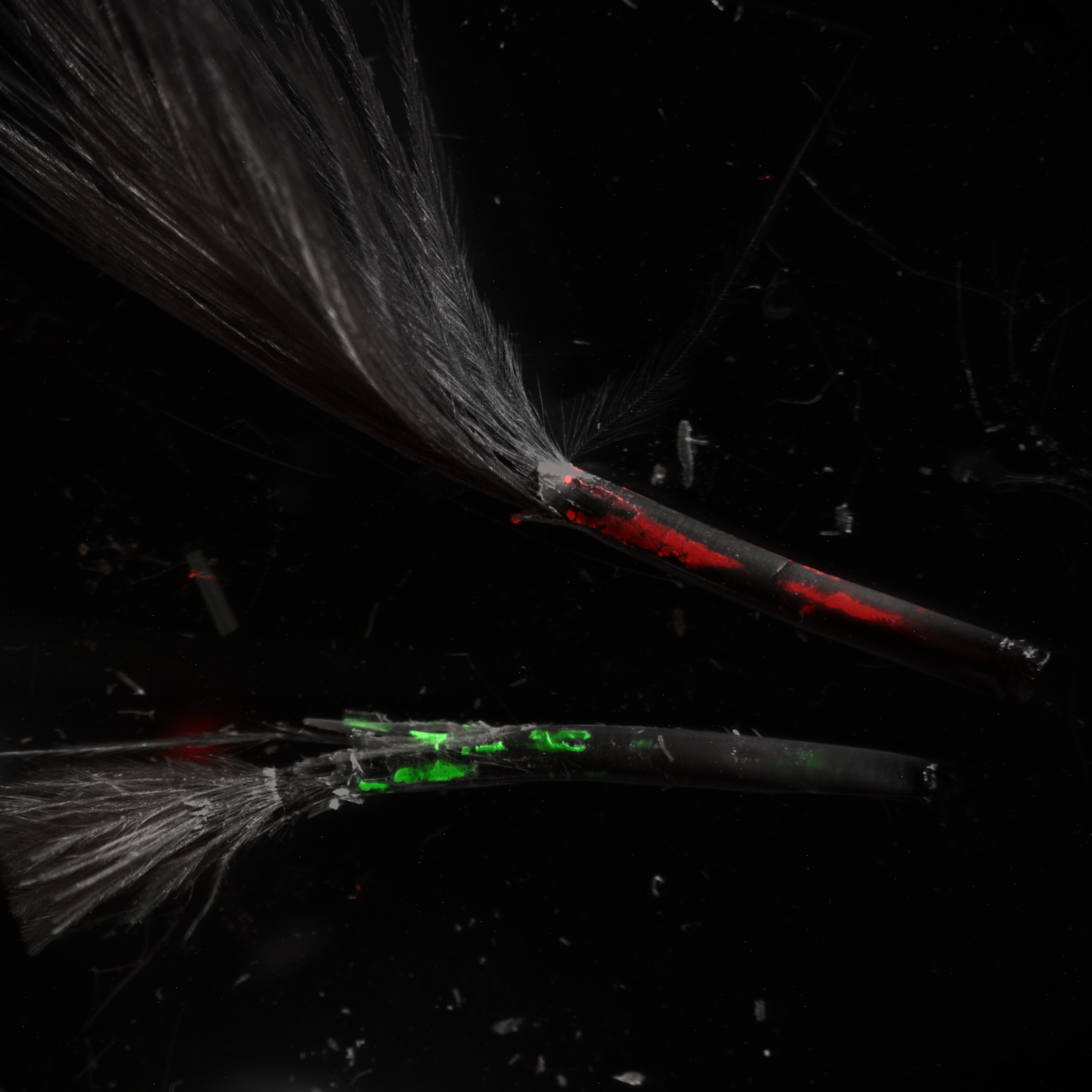Differential expression of microRNAs in Marek's disease virus-transformed T-lymphoma cell lines
MicroRNAs (miRNAs) are increasingly recognized to play crucial roles in regulation of gene expression in different biological events, including many sporadic forms of cancer. However, despite the involvement of several viruses in inducing cancer, only a limited number of studies have been carried out to examine the miRNA expression signatures in virus-induced neoplasia, particularly in herpesvirus-induced tumours where virus-encoded miRNAs also contribute significantly to the miRNome of the tumour cell. Marek's disease (MD) is a naturally occurring, rapid-onset CD4+ T-cell lymphoma of poultry, induced by the highly contagious Marek's disease virus (MDV). High levels of expression of virus-encoded miRNAs and altered expression of several host-encoded miRNAs were demonstrated in the MDV-transformed lymphoblastoid cell line MSB-1. In order to identify the miRNA expression signature specific to MDV-transformed cells, we examined the global miRNA expression profiles in seven distinct MDV-transformed cell lines by microarray analysis. This study revealed that, in addition to the high levels of MDV-encoded miRNAs, these MD tumour-derived lymphoblastoid cell lines showed altered expression of several host-encoded miRNAs. Comparison of the miRNA expression profiles of these cell lines with the MDV-negative, retrovirus-transformed AVOL-1 cell line showed that miR-150 and miR-223 are downregulated irrespective of the viral aetiology, whereas downregulation of miR-155 was specific for MDV-transformed tumour cells. Thus, increased expression of MDV-encoded miRNAs with specific downregulation of miR-155 can be considered as unique expression signatures for MD tumour cells. Analysis of the functional targets of these miRNAs would contribute to the understanding of the molecular pathways of MD oncogenicity.
